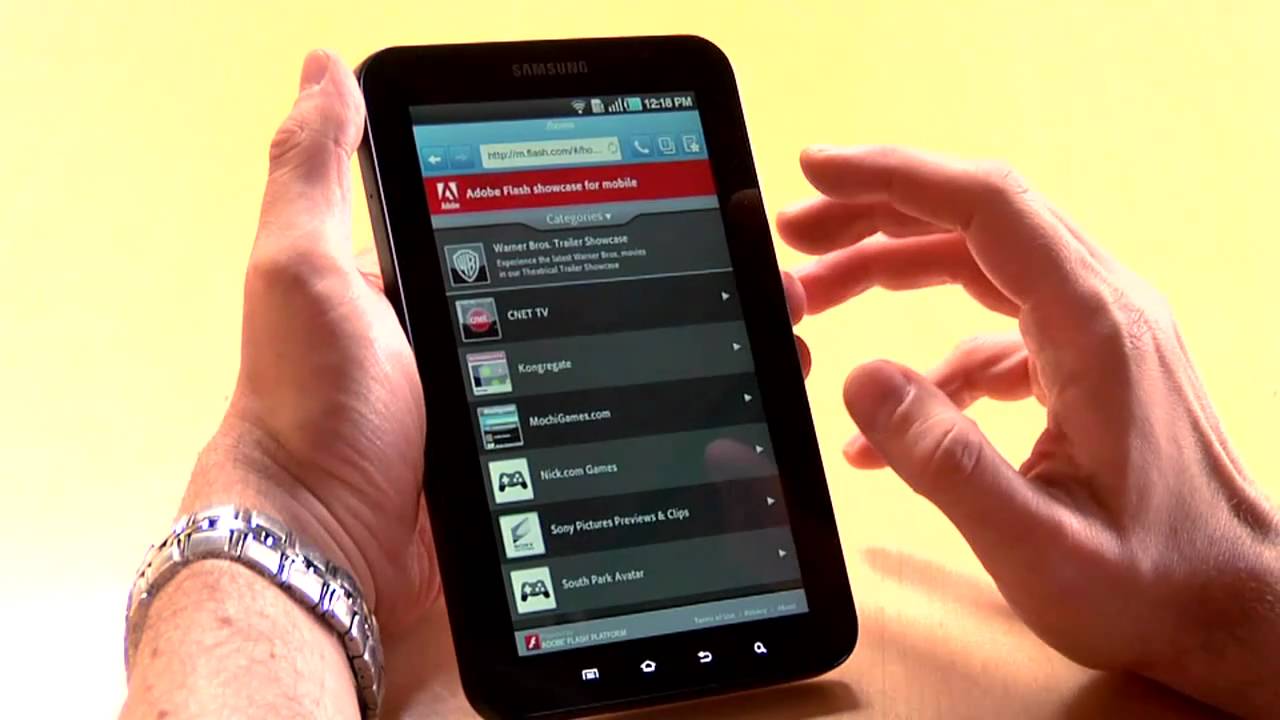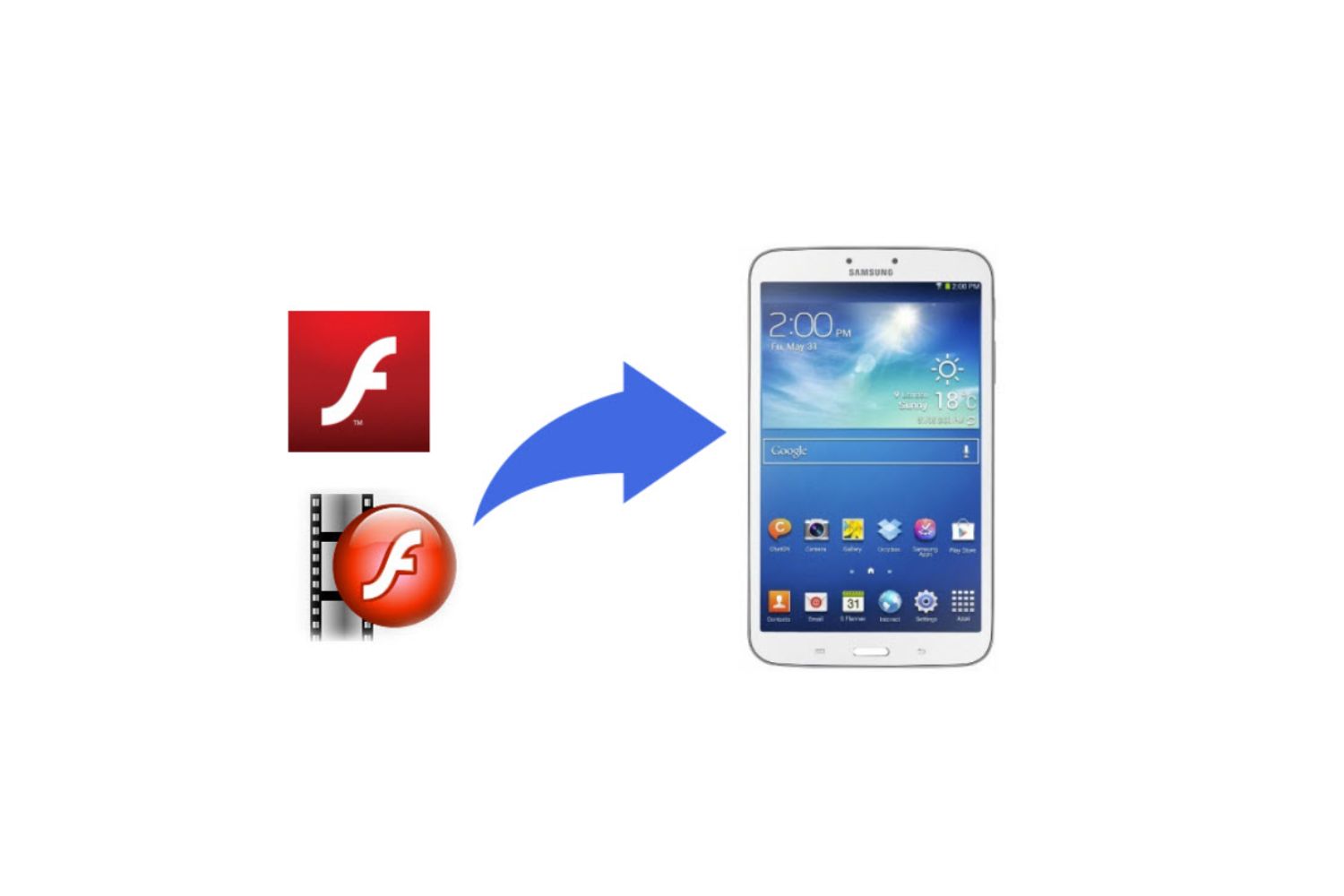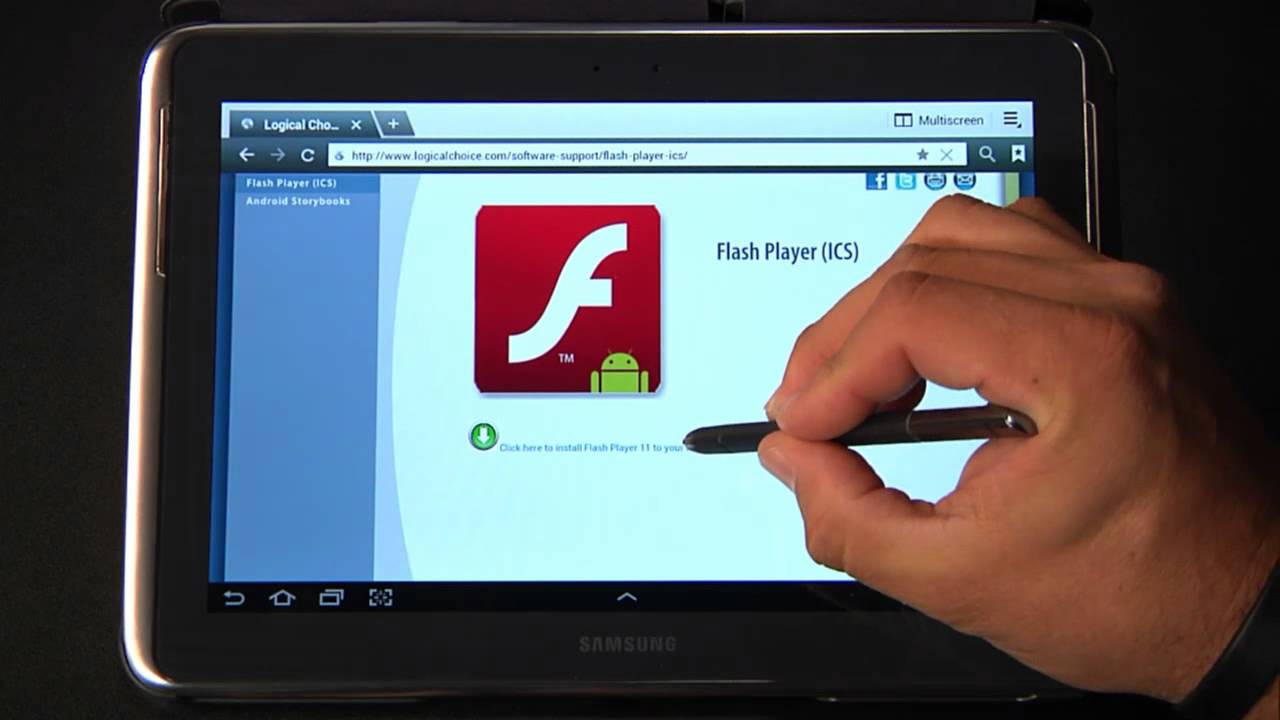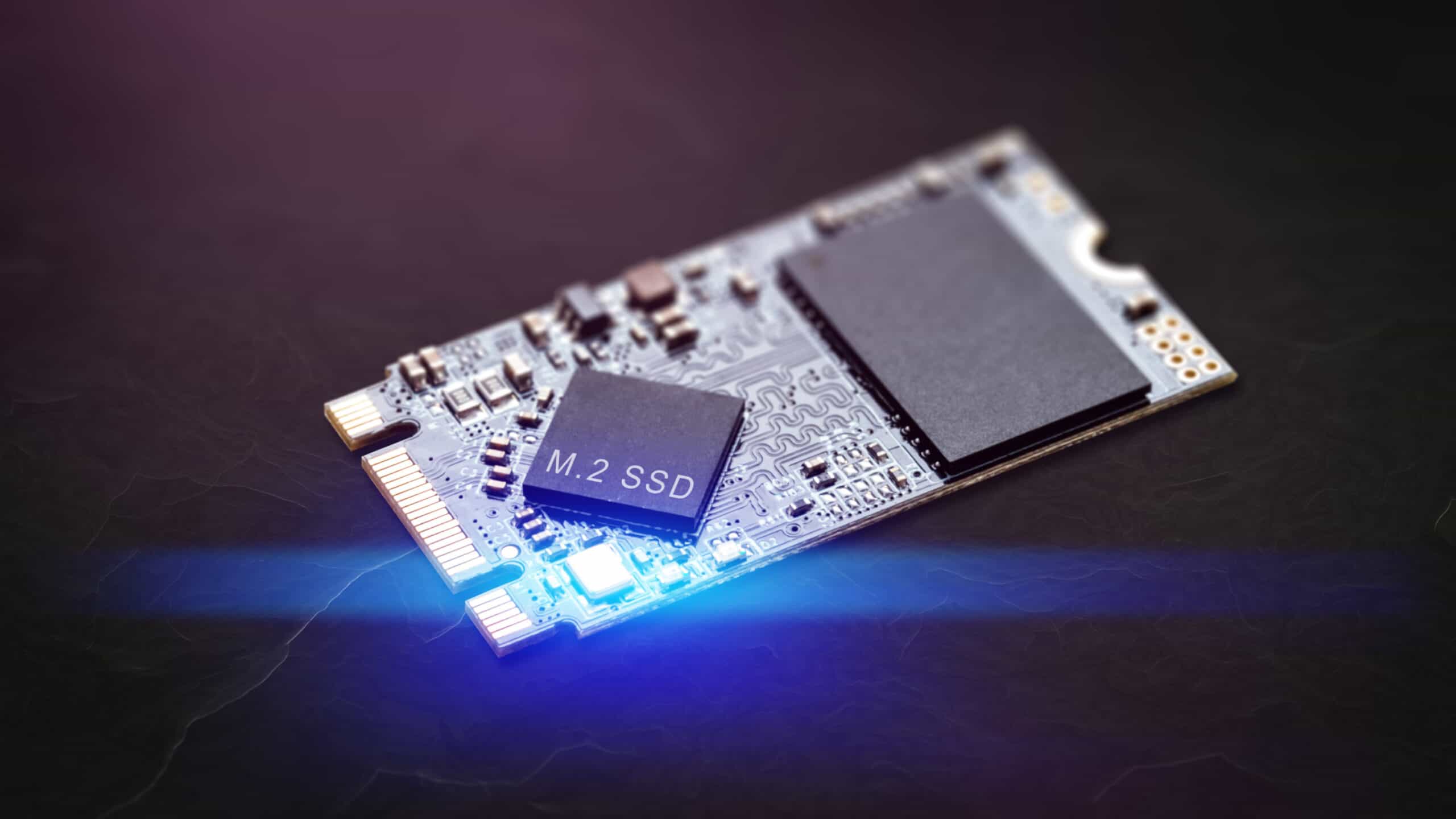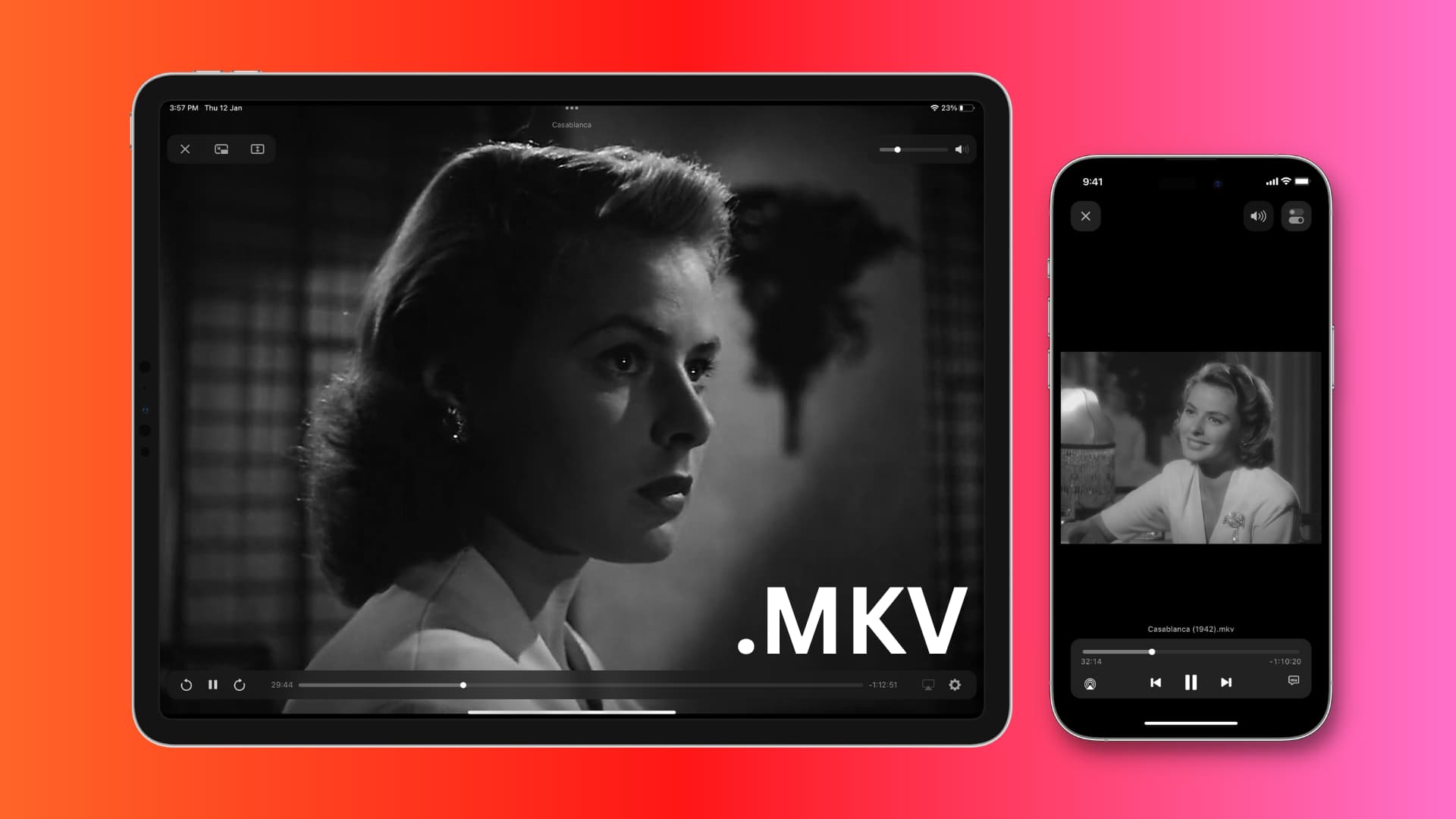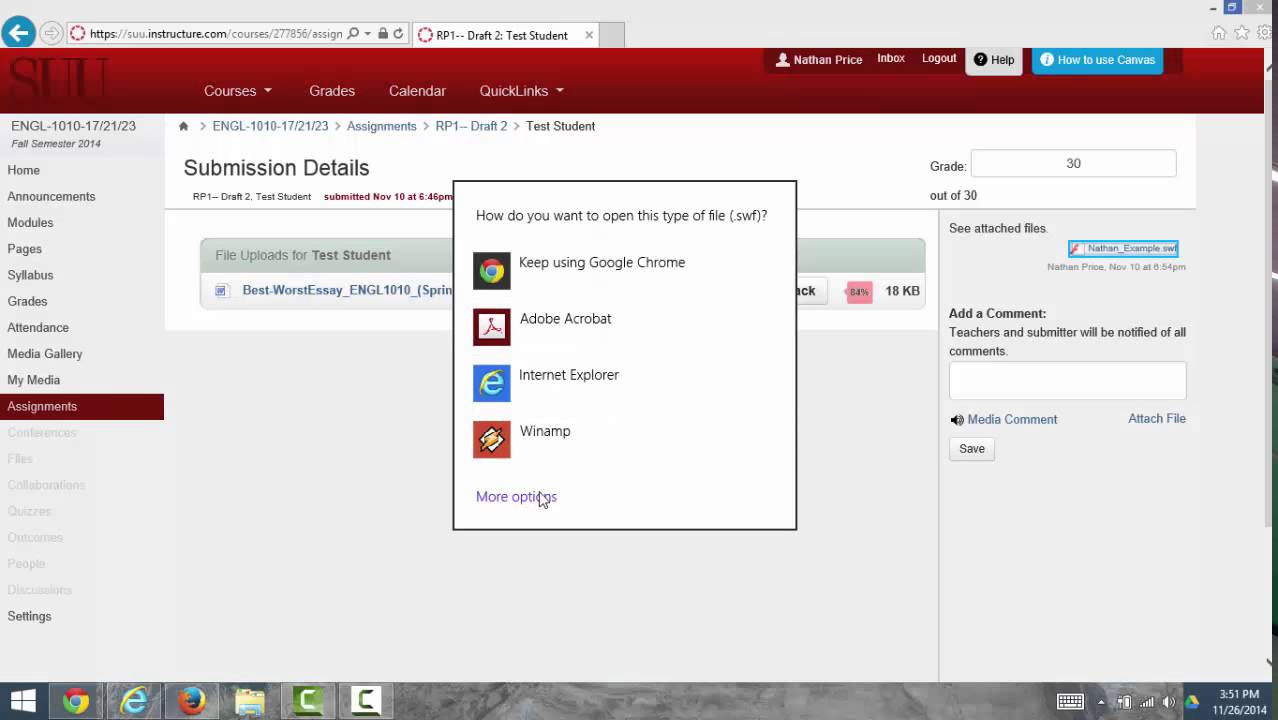Introduction
Flash Player has long been a staple in the realm of interactive multimedia on the web. Its capabilities allow for the seamless display of dynamic content such as animations, videos, and interactive games. However, with the rise of mobile devices and the evolving web standards, the support for Flash Player has diminished, particularly on tablet devices.
In this article, we will explore the availability of Flash Player on tablets and delve into the advantages and disadvantages of using tablets with Flash Player capabilities. We will also discuss how to enable Flash Player on tablets and provide alternatives for those seeking multimedia functionality.
With the ever-expanding range of tablets available on the market, it’s important for users to understand which ones are equipped with Flash Player and which aren’t. This knowledge will help them make informed decisions when purchasing a tablet that meets their multimedia needs.
Note that HTML5 has largely replaced Flash Player as the preferred technology for interactive web content due to its improved performance, security, and compatibility across devices. However, there are still instances where Flash Player can be useful, particularly for accessing legacy content or specific websites that rely on its functionality.
So, join us as we explore the world of tablets and discover which of them have Flash Player capabilities. Whether you’re a multimedia enthusiast or simply curious about the availability of Flash Player, this article will provide you with the insights you need.
What is Flash Player?
Flash Player, developed by Adobe, is a multimedia software platform used to play and display interactive content on websites. It allows for the seamless integration of animations, videos, audio files, and interactive applications into web pages. Flash Player uses the .swf (Shockwave Flash) format to deliver these multimedia elements, providing a dynamic and engaging user experience.
Flash Player revolutionized the web by enabling developers to create interactive and visually appealing content. It gained popularity for its ability to deliver rich media experiences, including games, advertisements, and multimedia presentations. Websites across various industries, such as entertainment, education, and e-commerce, utilized Flash Player to enhance their online presence and engage visitors.
One of the primary advantages of Flash Player is its cross-platform compatibility. It can run on multiple operating systems, including Windows, MacOS, and Linux, providing a consistent experience for users across different devices. However, as the demand for mobile browsing increased, the lack of Flash Player support on mobile devices became a significant drawback.
Over time, the need for a more modern and secure web ecosystem led to the emergence of HTML5. HTML5 offered native support for multimedia elements, eliminating the need for third-party plugins like Flash Player. As a result, many web browsers and mobile platforms discontinued support for Flash Player, making it less prevalent in today’s digital landscape.
Despite its declining usage, there are still instances where Flash Player can be relevant. Some websites, particularly older ones, still rely on Flash content, and certain applications and games are designed specifically for Flash Player. However, it’s important to note that Adobe has announced the discontinuation of Flash Player updates and support by the end of 2020, urging developers to migrate their content to alternative technologies like HTML5. This transition ensures a more secure and efficient web experience for users.
Now that we have a better understanding of what Flash Player is and its role in web development, let’s explore the significance of Flash Player on tablets and its impact on multimedia consumption.
Why is Flash Player Important?
Flash Player has played a pivotal role in the evolution of the web, offering a wide range of benefits for multimedia content creators, developers, and end-users. Understanding the importance of Flash Player can shed light on why its absence on tablets is a significant consideration for many individuals.
1. Rich Multimedia Experience: Flash Player allows websites to deliver interactive and visually appealing content, including animations, videos, and games. It provides a more engaging and immersive experience for users, making browsing the web more enjoyable.
2. Broad Compatibility: Flash Player has historically been compatible with various platforms and operating systems, ensuring that multimedia content can be accessed by users on different devices. This versatility made it a popular choice for developers to create cross-platform applications.
3. Legacy Content Support: Many websites still rely on Flash content, particularly older online games, educational resources, and interactive applications. Flash Player’s presence on tablets would allow users to access and enjoy these legacy materials without restrictions.
4. Development Flexibility: Flash Player provided developers with a flexible and powerful platform to create rich multimedia applications and games. Its extensive library of tools and resources allowed them to unleash their creativity while delivering high-quality content to users.
5. Advertisement Delivery: Flash Player was widely used for delivering online advertisements due to its ability to display animated and interactive ads. Its absence on tablets may impact the ad experience for users and require advertisers to adapt their strategies to alternative technologies.
6. Seamless Video Playback: Flash Player enabled smooth video streaming, allowing users to watch videos online without interruptions or buffering issues. Its efficient streaming capabilities made it a preferred choice for many video-based websites.
While Flash Player has been an important part of the web landscape, its decline in popularity and support on tablets is driven by several factors. These include the rise of HTML5 as the standard for multimedia content, security concerns associated with Flash vulnerabilities, and the increasing demand for mobile-friendly browsing experiences.
Now that we understand the significance of Flash Player, let’s explore which tablets still offer support for this technology and how it impacts the usability and content consumption on these devices.
Tablets with Flash Player Capability
As mentioned earlier, the support for Flash Player on tablets has significantly diminished over the years. Most modern tablets, including those running on iOS and Android operating systems, no longer come pre-installed with Flash Player. However, there are still a few tablets that offer compatibility with this technology.
1. Amazon Fire Tablets: Amazon’s Fire tablets, powered by the Fire OS, have limited support for Flash Player. Although Flash Player is not pre-installed on these devices, users can manually install and enable it through a sideloading process or by using third-party apps available on the Amazon Appstore.
2. Samsung Galaxy Tab S3: The Samsung Galaxy Tab S3, running on the Android operating system, is one of the few tablets that still support Flash Player. Users can download and install Flash Player from the Adobe website or through authorized app stores.
3. Google Nexus 9: The Google Nexus 9 tablet, despite being an older device, supports Flash Player. Users can download and install Flash Player from the Adobe website or through authorized app stores.
It is important to note that even on tablets with Flash Player support, the functionality may be limited. Some websites and applications may not work optimally, while security concerns associated with using outdated software may arise. Additionally, future updates to operating systems and browsers may further decrease the compatibility and performance of Flash Player on these tablets.
Given the lack of widespread Flash Player support on tablets, users and content creators are encouraged to transition to HTML5 and other modern technologies for delivering multimedia content. HTML5 offers better performance, improved security, and broader compatibility without the need for third-party plugins like Flash Player.
In the next section, we will discuss the pros and cons of tablets with Flash Player capabilities, helping you make an informed decision on whether to seek out a tablet with this feature or explore alternative options.
Pros and Cons of Tablets with Flash Player
While Flash Player may offer certain benefits, it’s important to weigh the pros and cons before deciding to invest in a tablet with Flash Player capabilities. Let’s explore the advantages and disadvantages of such tablets:
Pros:
- Access to Legacy Content: Tablets with Flash Player support allow users to access and enjoy legacy content, such as older online games, educational materials, and interactive applications that still rely on Flash technology.
- Seamless Multimedia Experience: Flash Player enables a rich multimedia experience on tablets, allowing users to view animations, videos, and play interactive content directly from their device.
- Compatibility with Flash-based Websites: Certain websites and applications still utilize Flash content, and owning a tablet with Flash Player capabilities ensures that you can access and interact with this content without restrictions.
- Flexibility for Content Creators: If you are a developer or content creator who specializes in Flash-based multimedia, having a tablet with Flash Player can provide you with a testing and development platform for creating and showcasing your work.
Cons:
- Security Risks: Flash Player is known to have security vulnerabilities, and using outdated software can expose your tablet to potential risks. As Adobe no longer releases updates or patches for Flash Player, the security of your device may be compromised.
- Limited Performance: Flash Player may not perform optimally on tablets, especially on newer models with more advanced hardware and software. Issues such as slow loading times, reduced battery life, and compatibility problems may arise.
- Decreased Compatibility: Many modern websites and applications have transitioned to HTML5 and other technologies, making them incompatible with Flash Player. This limitation can result in a subpar browsing and app experience on tablets with Flash Player.
- Future Support and Updates: As Flash Player is being phased out and discontinued by Adobe, tablets with Flash Player capabilities may become increasingly outdated in terms of software updates and compatibility with newer operating systems.
Considering the pros and cons, it’s important to carefully evaluate your needs and priorities when considering a tablet with Flash Player capabilities. If access to legacy content, seamless multimedia experiences, and compatibility with Flash-based websites are of utmost importance to you, a tablet with Flash Player support may be worth considering. However, it’s important to be aware of the security risks, limited performance, and decreasing compatibility associated with using Flash Player on tablets.
In the next section, we will discuss how you can enable Flash Player on tablets that have this capability, as well as alternative options for multimedia content consumption on tablets.
How to Enable Flash Player on Tablets
Enabling Flash Player on tablets that support this technology can be a bit more complicated than simply downloading and installing the software. Here are the general steps to enable Flash Player on different tablet platforms:
Android:
- Ensure that your tablet is running an Android version that still supports Flash Player (Android 4.0 to Android 4.4).
- Open the “Settings” app on your tablet and navigate to the “Security” or “Applications” section.
- Enable the option to install apps from unknown sources or allow installations from specific third-party app stores that offer Flash Player.
- Next, open a browser on your tablet and search for “Flash Player APK download”. Locate a trusted source and download the APK file for Flash Player.
- Once the download is complete, open the APK file to start the installation process. Follow the on-screen prompts to install Flash Player on your tablet.
- After installation, you may need to configure the browser settings to enable Flash Player. Open your browser’s settings, locate the Flash settings, and set them to “Always On” or “Ask to Activate”.
iOS (iPad and iPhone):
- Unfortunately, Adobe Flash Player is not supported on iOS devices. Apple has not included Flash Player in its system, and there is no official version available to be installed. Therefore, enabling Flash Player on iPads and iPhones is not possible.
- However, there are alternative browsers available on the App Store that offer Flash Player-like capabilities by using different rendering technologies or cloud-based solutions. These browsers may be able to handle Flash-based content to some extent, but they may have limitations in terms of compatibility and performance.
It’s essential to note that while you may be able to enable Flash Player on your tablet using the methods mentioned above, it’s not a guaranteed solution. Flash Player is an outdated technology that is no longer actively supported, and many websites and applications have transitioned to alternative technologies like HTML5.
As mentioned earlier, it’s highly recommended to explore other options for multimedia content consumption on tablets. HTML5, for instance, is widely supported on modern browsers and offers a more secure and efficient environment for multimedia experiences. Many websites and applications have migrated to HTML5, ensuring compatibility across a wide range of devices, including tablets.
In the next section, we will discuss some alternative solutions for multimedia content on tablets, providing you with options beyond Flash Player.
Alternatives to Flash Player on Tablets
With the declining support for Flash Player on tablets, it is crucial to explore alternative solutions for multimedia content consumption. Here are some alternatives that can provide a seamless and secure experience on tablets:
1. HTML5: HTML5 is the modern standard for web development and provides native support for multimedia content. The majority of websites and applications have transitioned to HTML5, ensuring compatibility across various devices, including tablets. HTML5 offers improved performance, security, and compatibility compared to Flash Player.
2. Native Apps: Many websites and services offer dedicated applications for tablets. These native apps are optimized for tablet use and provide a streamlined multimedia experience without the need for Flash Player. Popular streaming platforms, such as Netflix, YouTube, and Hulu, have dedicated apps that offer a wide range of TV shows, movies, and videos for on-the-go entertainment.
3. Online Video Platforms: Streaming services like Vimeo, Dailymotion, and Twitch have embraced HTML5 and offer video content that can be accessed directly through tablet browsers. These platforms provide a vast selection of videos, live streams, and user-generated content for entertainment and learning purposes.
4. Web-Based Applications: Many web-based applications now utilize HTML5 and other modern web technologies for interactive experiences. These applications often offer rich multimedia features without requiring additional plugins like Flash Player. Web-based productivity suites, design tools, and learning platforms are just a few examples of the diverse range of web applications available.
5. Cloud-Based Solutions: Cloud-based services, such as Google Drive, Dropbox, and iCloud, provide the ability to store and access multimedia content from any device with an internet connection. These services often offer seamless integration with tablets and provide efficient file management and sharing options for multimedia content.
It is important to note that while these alternatives offer a broader range of multimedia functionality, there may still be a small number of websites or applications that rely on Flash Player. In such cases, using browsers or apps that support Flash emulation or integration, like Photon Browser or Puffin Browser, can provide a workaround to access Flash-based content on tablets.
As technology continues to advance, it is likely that Flash Player will become even more obsolete, encouraging developers and content creators to transition to alternative technologies. Embracing HTML5 and other modern web standards ensures a more future-proof and versatile multimedia experience on tablets.
In the following section, we will summarize the key points discussed in this article and provide a concluding remark on the importance of considering Flash Player capabilities when purchasing a tablet.
Conclusion
In conclusion, Flash Player has played a significant role in delivering interactive multimedia content on the web. However, with the advent of modern technologies like HTML5 and the increasing demand for mobile browsing, Flash Player support on tablets has diminished.
While there are still a few tablets that offer Flash Player compatibility, it’s important to weigh the pros and cons before investing in such a device. The limitations, security risks, and decreasing compatibility associated with Flash Player on tablets should be considered carefully.
Fortunately, there are several alternatives to Flash Player that can provide a seamless and secure multimedia experience on tablets. Embracing HTML5, utilizing native apps, exploring web-based applications, and leveraging cloud-based services allows for the consumption of multimedia content without the need for Flash Player.
As the web continues to evolve, it is crucial for users and content creators to adapt to modern technologies. HTML5 has become the standard for delivering multimedia experiences, ensuring improved performance, compatibility, and security across devices.
When purchasing a tablet, it is wise to consider the absence of Flash Player support and assess the importance of accessing legacy content and Flash-based websites. Understanding the limitations and embracing alternative technologies will enable users to make informed decisions that meet their multimedia needs.
In the ever-evolving landscape of technology, it is important to stay up to date with the latest advancements and embrace the transition to modern web standards. By doing so, users can enjoy a seamless and secure multimedia experience on their tablets, unlocking a world of interactive content without the dependence on Flash Player.









